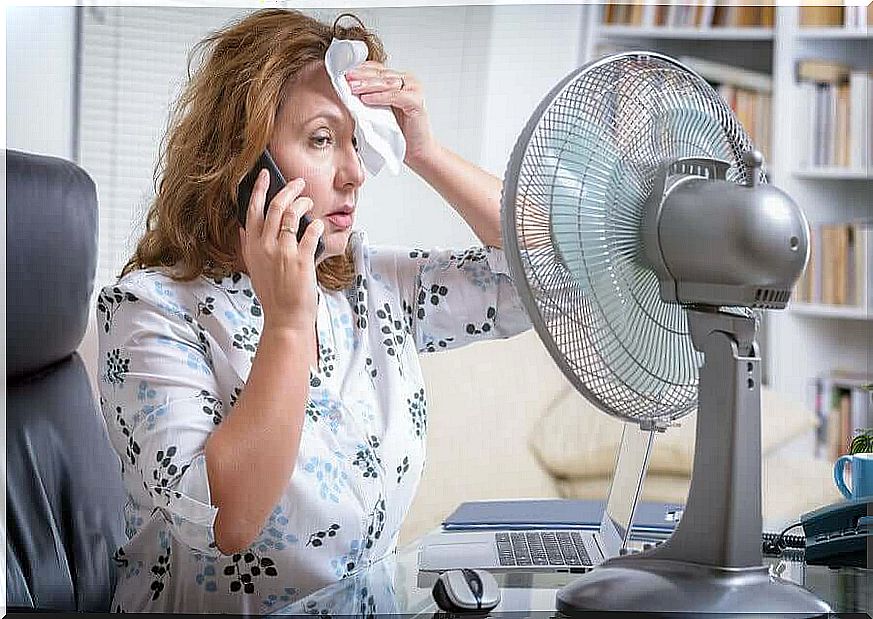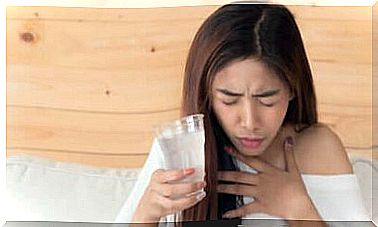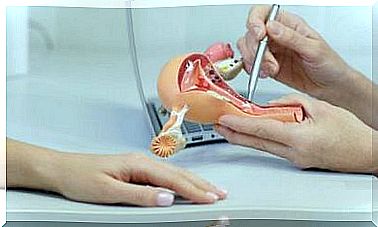Thermal Stress From Heat: What Does It Consist Of?

Thermal stress is defined as the heat load to which workers are subjected. This result is given by the combination of different elements such as the environmental conditions in the workplace, the physical activity to be performed and the clothing required for this task.
Thermal stress is therefore a disturbance linked to working environments. However, it is not the simple effect of heat, but rather the cause that leads to a series of negative effects from heat on our body. The situation worsens in the hottest periods of the year, but it is a factor to be taken into account in every season.
What does thermal stress consist of?
There are different work environments – from the furnace to the metalworking foundry departments – in which the worker is subjected to high temperatures. In some cases the physical effort required is important; sometimes the necessary protective clothing increases heat build-up.
In these cases, the risk is to subject the body to excessive heat with related health consequences. A high ambient temperature sets in motion a series of regulatory mechanisms in our organism. The most obvious signs are sweating and vasodilation of the blood vessels under the skin.
When the body is unable to dispose of the temperature and it exceeds 38 degrees, the heat causes more and more serious damage, up to death. The severity of the effects of thermal stress depends on some factors. The most important variables are:
- Age and health of the worker.
- Time of exposure to high temperatures.
- Lack of rest.
- Taking medications such as antihistamines or anxiolytics. It also affects the consumption of alcohol or drugs.
- Clothing and work environment.
- Absence of acclimatization. It is the mechanism by which the organism adapts to the environment and the external temperature. It is relatively slow and it is recommended that it be done progressively. It should ideally last one to two weeks.

What are the consequences of thermal stress?
Thermal stress increases the risk of workplace accidents. Furthermore, if the worker has a pathology, it could experience an aggravation.
The feeling of suffocation and nausea are the initial symptoms, along with the rise in temperature. Heat can also cause headaches, lack of concentration, memory and mood disorders. If the high temperature persists, the following can occur:
- Dehydration with dryness, tachycardia, decreased urine, etc.
- Muscle cramps.
- Syncope or fainting.
- Skin rashes.
- Fatigue and nausea.
The most serious complication is heatstroke, a condition that requires immediate assistance. The main symptoms are tachycardia and confusion, fast but weak breathing. The person may faint and the body temperature sometimes exceeds 40 ° C.

How can it be prevented?
Those just described are the consequences of an accumulation of heat in the body. As already mentioned, this is a condition linked to the workplace, it is therefore extremely important that managers and employees are aware of it. In fact, both must take the necessary measures to prevent this problem.
First, it is necessary to check that the worker is acclimating properly to the heat. At the same time, the pace of work must take into account the temperature. If possible, work should be organized so that it is done in the shade. If this is not possible, it is advisable to avoid the hottest hours of the day (in summer from 2pm to 5pm). Another preventive measure is a good organization of shifts.
When working in a very hot environment, the ideal is to make frequent rests in a normal temperature environment. It is equally important to stay hydrated throughout the day. Meals should be light and, of course, alcoholic beverages should be avoided.
In conclusion
Thermal stress is a situation that can affect a large number of workers and it is therefore necessary to take all kinds of measures to prevent it. In an ideal situation, mechanical help should ease the worker’s physical burden.
But if this is not possible, attempts are made to reduce heat build-up . Proper clothing, protection of the head from the sun and proper hydration are the basic measures to which adequate rest and the possibility of regaining strength in a cool place must be added.









